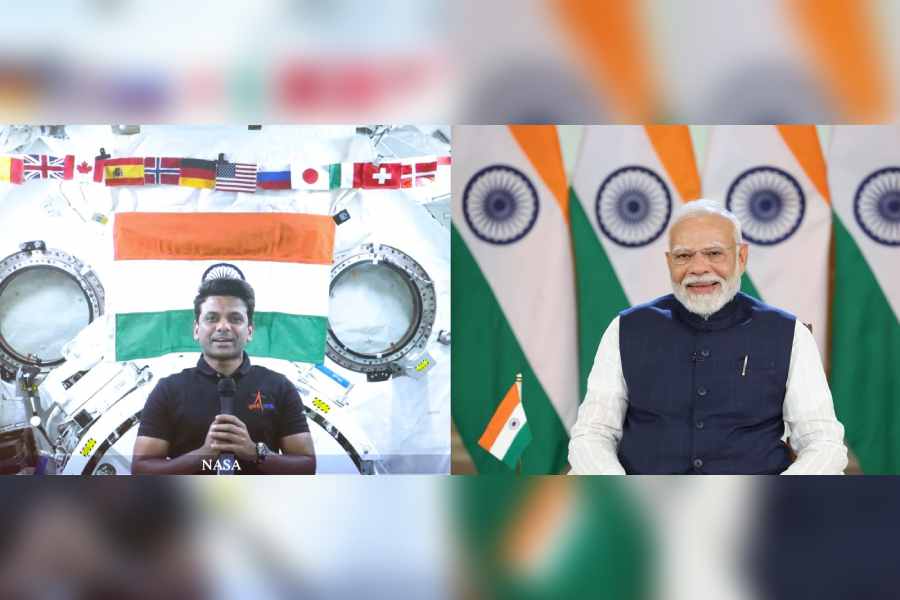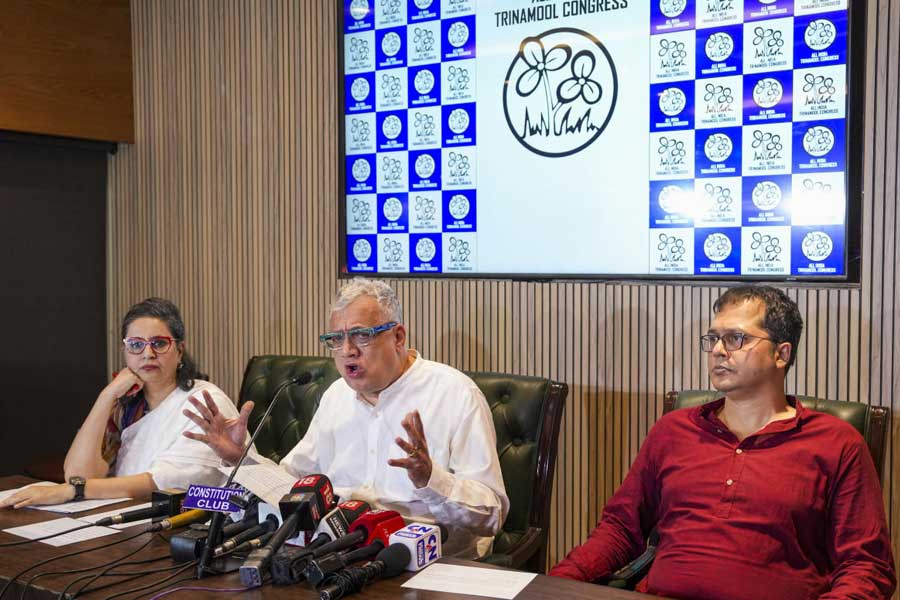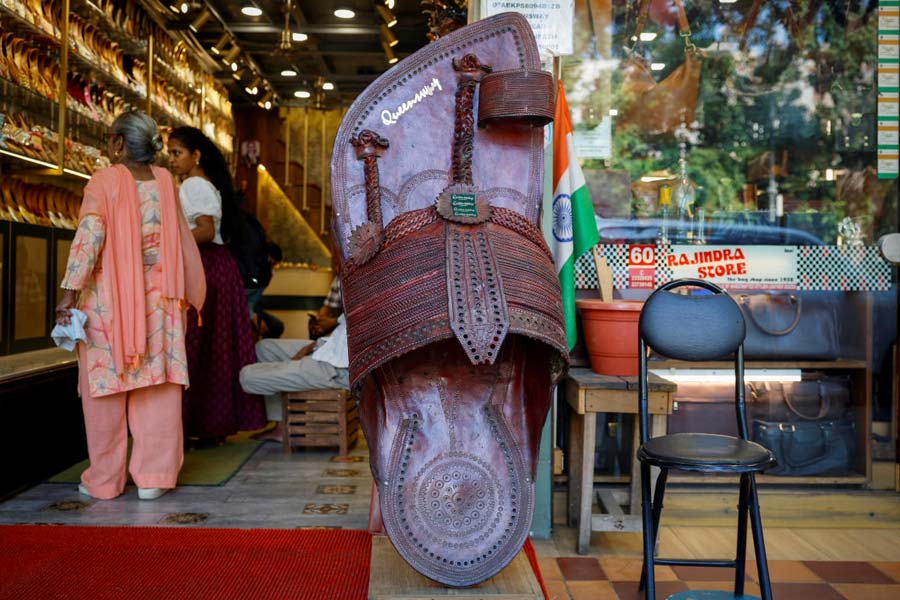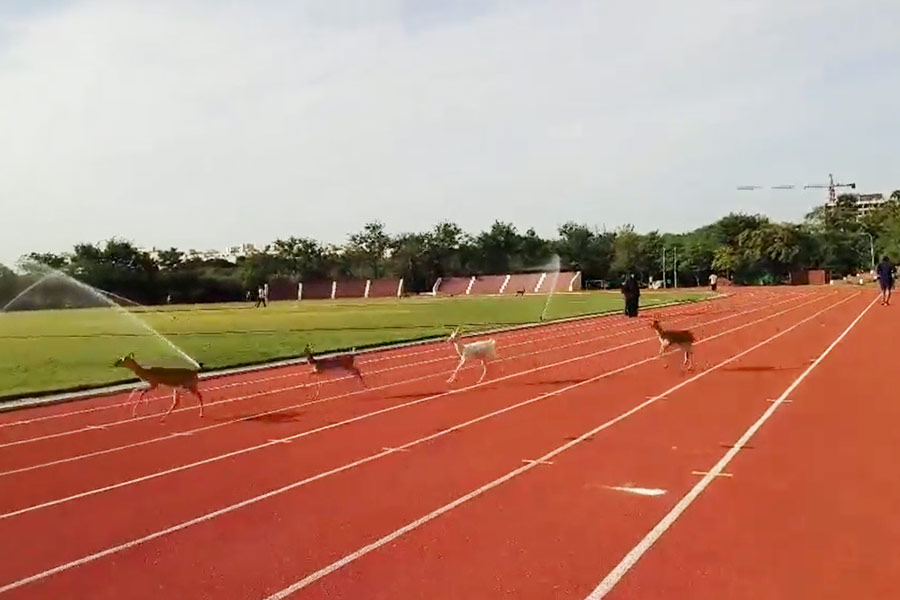 |
| A girl making masks. Picture by UB Photos |
Dibrugarh, July 16: Modernity has masked Assam’s centuries-old Sattriya traditions and pushed the art of making mukhas (masks) to near oblivion.
The Union culture and tourism ministry is now trying to revive the art through a series of workshops.
Encouraged by the Eastern Zonal Cultural Centre, old masters from Majuli, which is acknowledged as the seat of the Vaishnavite culture propagated by 15th century saint-philosopher Srimanta Sankardev, are passing on the art of making Sattriya masks to some eager learners.
Last week, a workshop on masks began at Dibrugarh’s Seuj Konwar auditorium with 42 participants from across the state. The weeklong programme was organised in association with the Dibrugarh-based Satriya Sanskritic Kendra.
“Initially, we had thought of taking in only 30 trainees, but we had to accommodate some more because many of them came from faraway places,” the organisation’s secretary, Jatindra Nath Sarmah, said.
Two experts from Natun Samaguri Satra of Majuli, Hemchandra Goswami and Krishna Goswami, conducted the workshop. Jagannath Mahanta, a representative of Joyabari Satra and member of the Eastern Zonal Cultural Centre, co-ordinated the exercise.
“Promoting cultural assimilation among various ethnic groups is the primary objective of the Eastern Zonal Cultural Centre. We are supplementing these efforts by trying to promote age-old skills as a means of earning,” Mahanta said.
The cultural centre provided Rs 70,000 for the workshop and intends to hold several other programmes during the year. “We have plans for a workshop on Zikir and Zari songs in Guwahati, a children’s drama workshop in Barpeta, a Mising folk dance workshop at Jonai in Dhemaji district and another on river valley music at Mancachar,” Mahanta said.
Reviving the art of making Sattriya masks is, however, the cultural centre’s priority.
Masks are extensively used in mukha bhaonas (Sattriya plays). The skull is made of bamboo, after which it is clothed in linen. A mixture of mud and cow dung is applied to shape the mask. After it dries, the mask is painted.
“It is a great art and I feel proud to train the new generation. Our masks are appreciated not only within the country, but also abroad”, Hemchandra Goswami said.
One of the trainees at the Dibrugarh workshop echoed him. “I learnt something unique,” Utpala Chetia, a graduate, said.
The workshop concluded with a mukha bhaona performance by artistes from the Natun Samaguri Satra.










